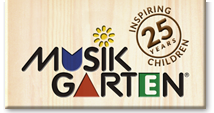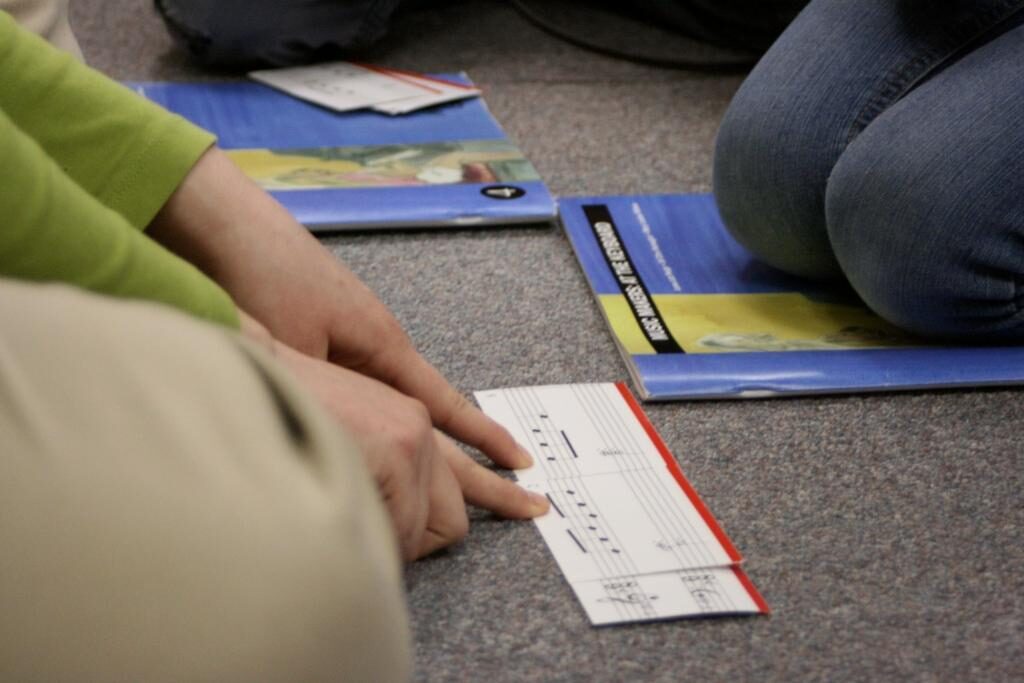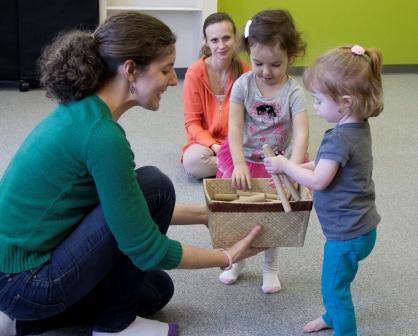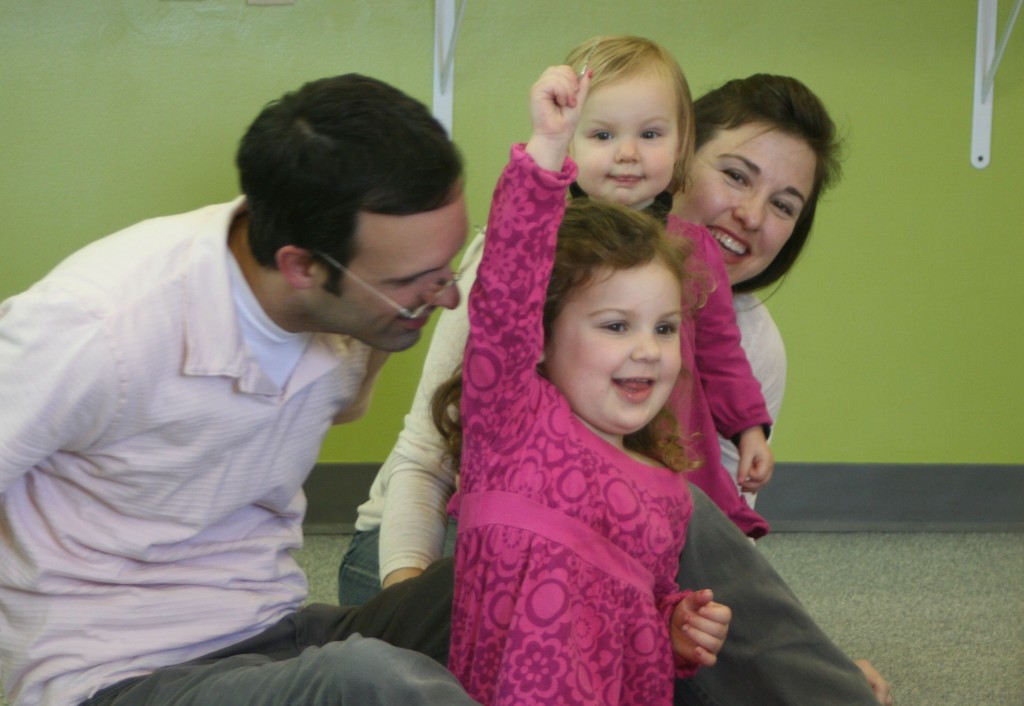Parents want the best for their children, from their academic success to their emotional and physical well-being. One area that often goes overlooked but can have a profound impact on a child’s development is music education and early childhood music education. Investing in childhood music lessons offers far more than just the ability to play an instrument—it provides benefits that enhance cognitive, social, and emotional skills, and contributes to overall well-being.
Cognitive Benefits: Boosting Brain Development
One of the most well-documented advantages of childhood music lessons is the impact on brain development. Studies have shown that learning music strengthens the brain in various areas, including memory, language, and executive function.
- Children who participated in music lessons showed improved verbal memory and literacy skills.
- Music engages both hemispheres of the brain, promoting greater neural connectivity and supporting the development of crucial cognitive skills.
- Music instruction helps to enhance spatial-temporal skills that are key in solving complex math problems.
Improved Academic Performance
In addition to fostering brain development, music lessons have been linked to improved academic performance.
- Children involved in music lessons tend to perform better in subjects such as math and reading compared to their peers who don’t receive music education.
- Musical training encourages children to listen actively, pay attention to detail, and understand the value of practice and persistence.
- There is a link between music education and higher achievement levels in school, noting that children who learn music often score higher on standardized tests.
Emotional and Social Development
Beyond academics, music lessons also contribute to a child’s emotional and social development.
- Learning an instrument helps children develop patience, perseverance, and emotional resilience as they work to master a new skill.
- Music also encourages self-expression and can serve as an emotional outlet for children to communicate their feelings.
- Moreover, participating in group music lessons or ensembles fosters teamwork, cooperation, and empathy.
- These experiences help children build friendships and develop a sense of belonging, important aspects of their emotional well-being.
Boosting Self-Confidence and Discipline
Music lessons require dedication and consistent practice, which helps children develop strong work habits and a sense of discipline.
- Mastering an instrument takes time, and this perseverance is highly rewarding.
- The process of practicing and learning music also fosters a growth mindset, where children understand that talent is developed through hard work and effort.
- Music plays a vital role in developing a positive self-image and motivation to succeed.
Conclusion
Investing in childhood music lessons offers a wide range of benefits that go beyond just learning how to play an instrument. From cognitive and academic enhancement to improved emotional regulation and social skills, music education equips children with the tools they need to succeed in life. Parents who invest in their children’s musical education are giving them the gift of growth, creativity, and resilience—skills that will serve them well throughout their lives.
For more information about the Science of Music, check out these blog posts:
The Science of Music: How Music Teaches Children to Relax and Be Calm
The Science of Music: How Children Learn Patience Through Music
Are you interested in becoming a Musikgarten teacher and bringing these life changing skills to children in your community? Click here for more information.
If you are a parent interested in classes for your child, please click here.








